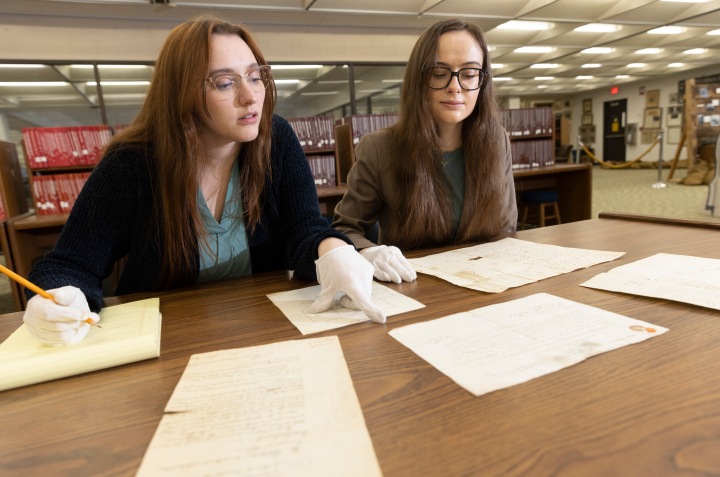In an effort to address the critical need for nurses in St. Tammany Parish, St. Tammany Health System and Southeastern Louisiana University’s School of Nursing are partnering to establish an Accelerated Bachelor of Science in Nursing degree program tailored specifically for Northshore residents. The Northshore-based program will be housed in two places – primarily at the St. Tammany Academic Center, strategically located near St. Tammany Health System’s flagship St. Tammany Parish Hospital in Covington, with additional classes at Southeastern Louisiana University.
The program is open to students with non-nursing bachelor degrees, allowing them to earn a BSN in just 18 months. Beyond hands-on learning opportunities, the ABSN degree offers extensive preparation for the National Council Licensure Examination.
“Through this academic partnership with Southeastern, we hope to broaden the opportunities for individuals – especially our Northshore neighbors – who want to explore a nursing career path through building on the degrees they have already earned,” said President and CEO of St. Tammany Health System Joan Coffman. “We see it as opening a new door for another valuable workforce population, and we hope potential students see it this way as well.”
“We want to expand access to nursing education in St. Tammany, with the goal of increasing the number of nurses in our community to meet the growing demand for qualified, caring nurses in healthcare today,” added Senior Vice President and Chief Nursing Officer of St. Tammany Health System Kerry Milton. “This partnership builds on what we already have – nursing colleagues who set the standard for nursing care in the region. We look forward to welcoming future colleagues who want to join our spectacular team.”
Bronwyn Doyle, the health system’s assistant vice president of workforce strategy, underscored the program’s commitment to nurturing local talent by providing ABSN students with early opportunities to apply for academic scholarships and nursing positions within the health system, explaining that program graduates would be given priority consideration.
Dean of the College of Nursing and Health Sciences at Southeastern Ann Carruth stresses the importance of preparing students for today’s competitive job market.
“By forging meaningful connections with healthcare institutions, we can bridge the gap between evidence and practice, ensuring students receive an exceptional education and valuable clinical experience,” she said.
As part of the partnership, St. Tammany Health System will offer nursing students critical clinical training at St. Tammany Parish Hospital, eliminating a common barrier nursing programs encounter when seeking experience for students.
Interim Department Head of Southeastern’s School of Nursing Lindsay Domiano agrees.
“Through this partnership, we hope to cultivate a shared vision of compassionate, patient-centered care, where nurses play a vital role in improving health outcomes and advancing the overall quality of healthcare delivery in our communities,” she said.
Students interested in the program must apply through Southeastern admissions. Once admitted, students should then complete a nursing program application by the deadline of Sept. 1, 2023. For programs starting in August, the deadline is Feb. 1. Scholarships from St. Tammany Health System are available.
Southeastern plans to offer the program’s first courses at the Academic Center in Covington beginning in January 2024. For more information, click here.

 With the ever-increasing rise of greenhouse gas emissions, the risks to the health of our planet—and all who call it home—are colossal.
With the ever-increasing rise of greenhouse gas emissions, the risks to the health of our planet—and all who call it home—are colossal.


